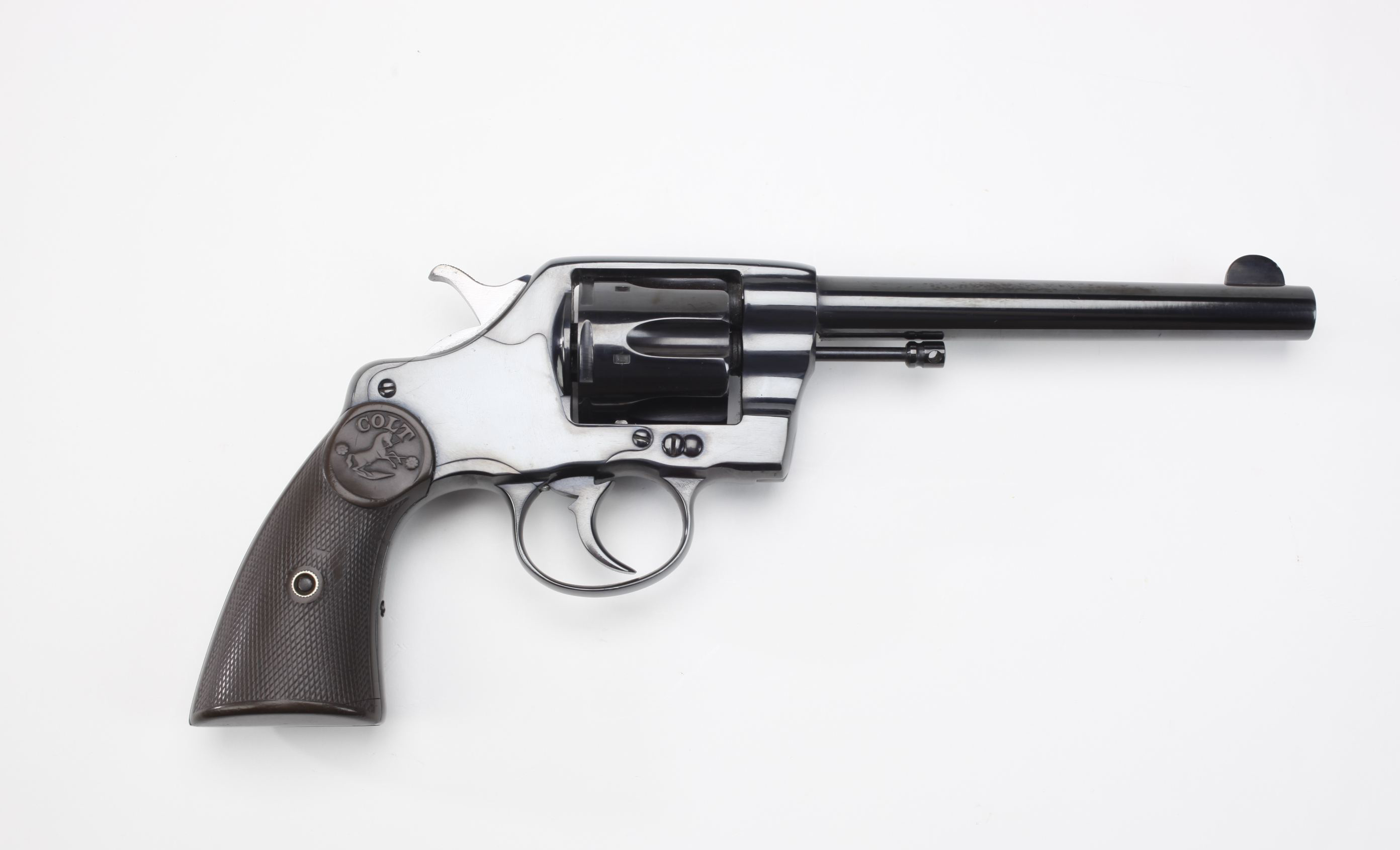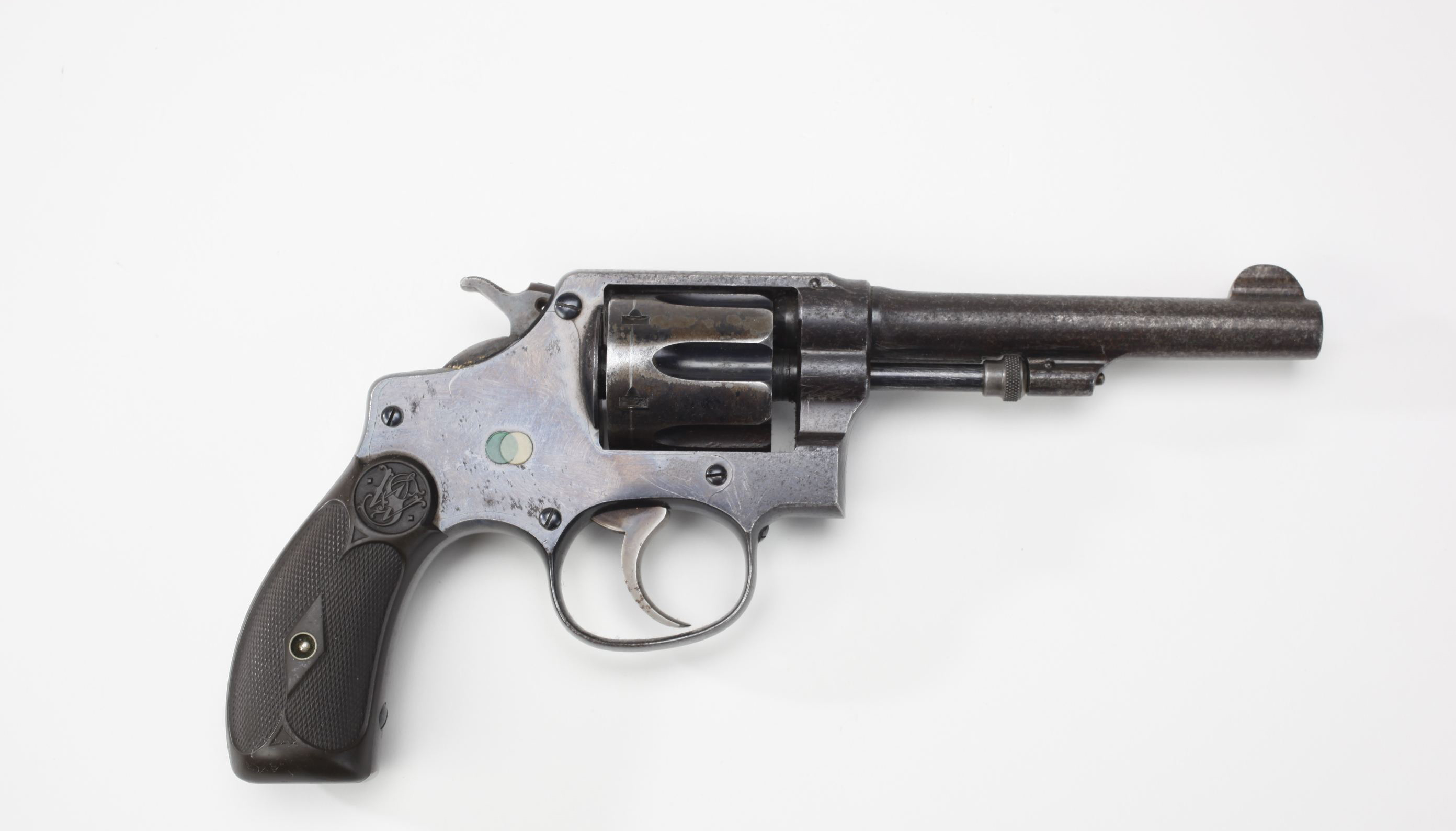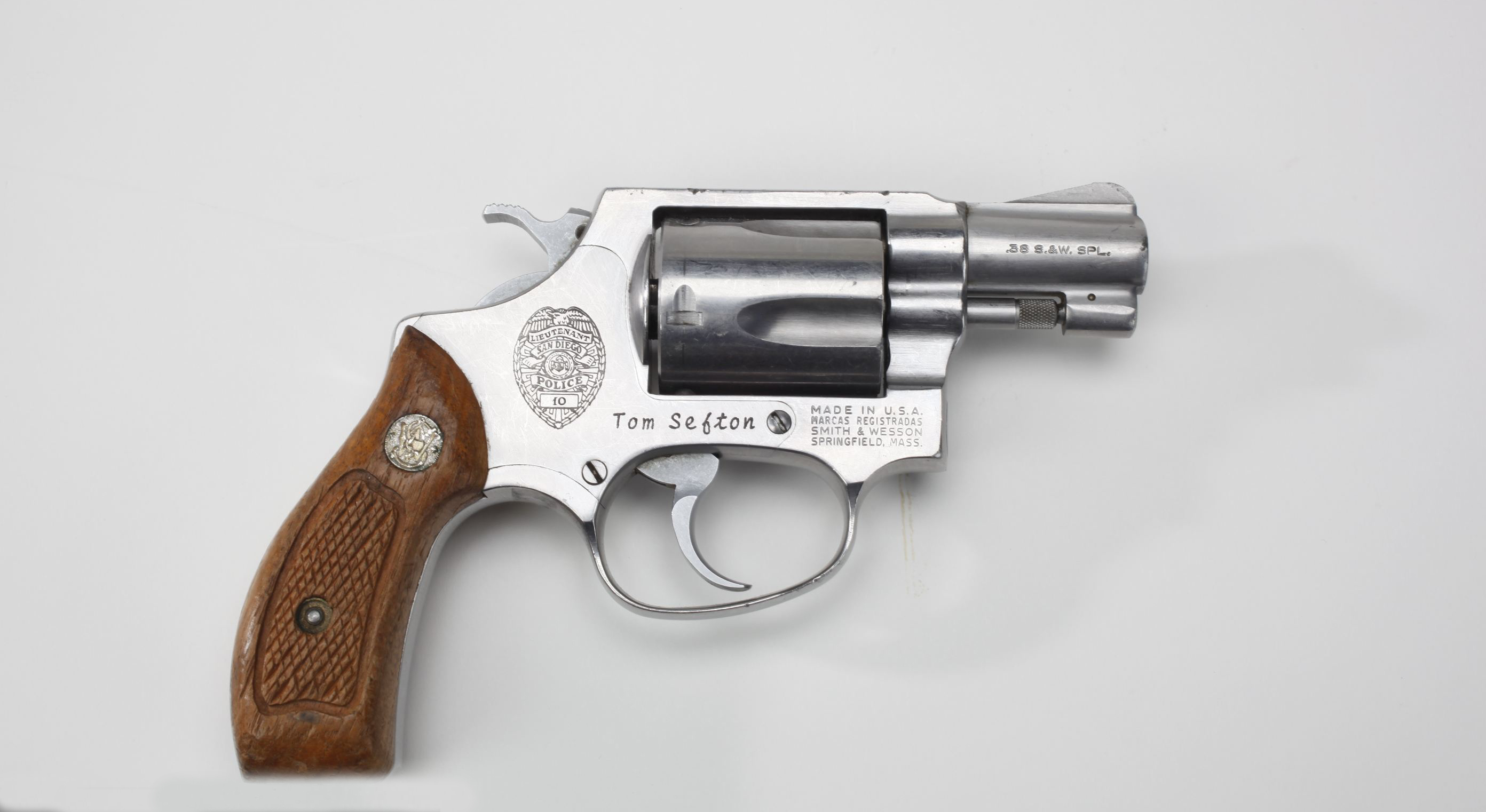Gallery


1 of 1
Factory engraved and silver plated S&W Triple Lock Target revolver


1 of 1
Colt New Service (with barrel cut short for concealed carry)
Learn about this gun at NRA Museums


 More Like This From Around The NRA
More Like This From Around The NRA



